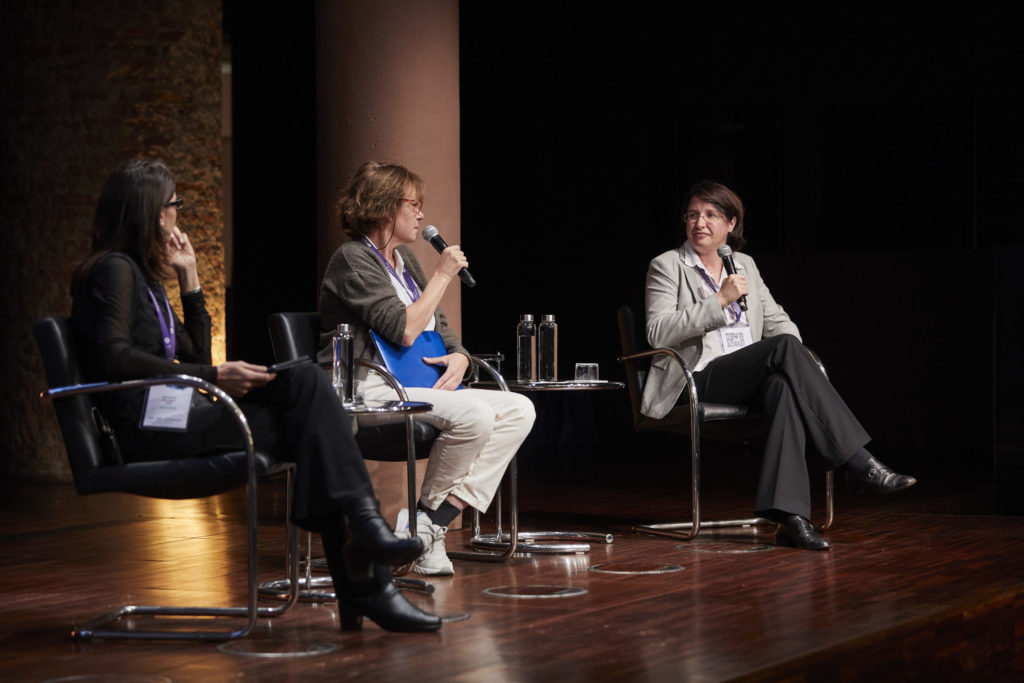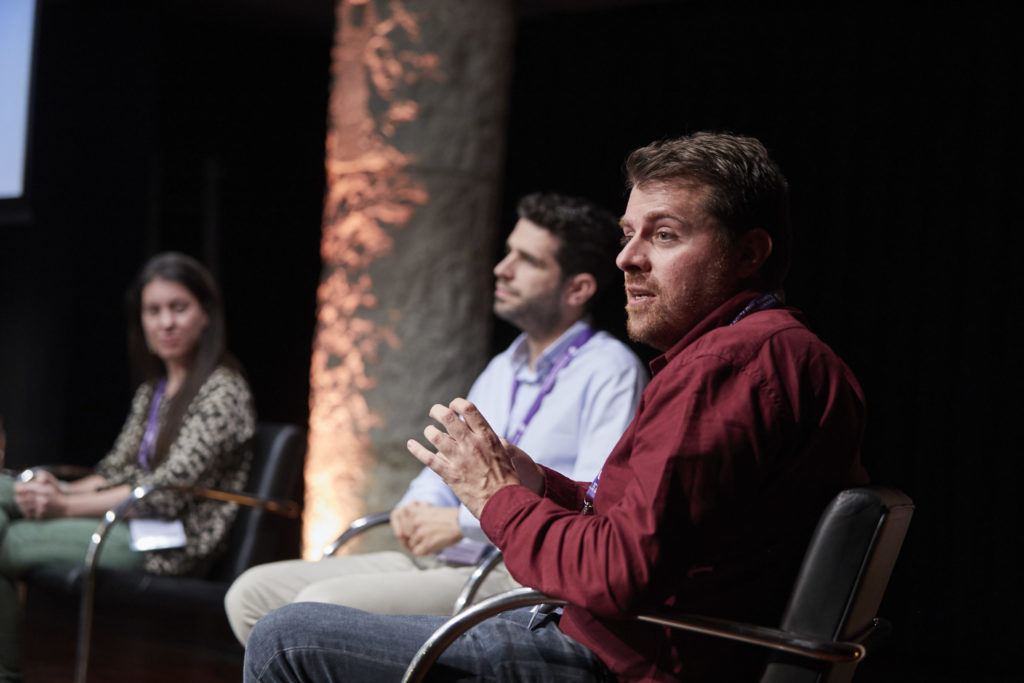The QuantumCAT community gathers at the BIST conference
The QuantumCAT community gathered earlier in November at the BIST Conference in La Pedrera, organized by the Barcelona Institute of Science and Technology
This year’s event “Quantum Technologies: present and future“, took place on November 3rd, with other satellite sessions running on November 2, 4, 5 and 16. Alba Cervera, a researcher at the Barcelona Supercomputing Centre, presented the event. BIST director Gabby Silberman welcomed everyone to the session and highlighted the prizes and awards that BIST researchers have obtained, summarizing the scientific outcomes of the last years.
The opening keynote of the event was given by Ignacio Cirac, Director and Scientific Member of the Max Planck Institute of Quantum Optics. Cirac gave an overview of the advancements in quantum technologies and explored the current status of the science.
The first panel, presented by Prof. of the Autonomous University of Barcelona Veronica Aufhinger. It gathered Andreas Winter, ICREA professor at the Autonomous University of Barcelona and researcher at the project Shannon, and Valerio Pruneri, ICREA Prof. At ICFO, to discuss several aspects of quantum communications. In his talk, Winters started by introducing the concept of qubits, quantum bits, and the basics of quantum physics. Then, Winter and Pruneri discussed some of the hot topics in quantum communications, like quantum cryptography and its potential use in solving everyday life problems.

On the second panel, Anna Sanpera, ICREA Prof. at the Autonomous University of Barcelona and Leticia Tarruell, group leader at ICFO, discussed quantum simulation. Moderator Veronica Aufhinger and both researchers are also part of the QUASI-CAT project. In their talks, Sanpera remarked that collaboration among institutions is crucial for developing advanced research, and Tarruell introduced the experimental point of view on simulation. The public asked panellists about the technical aspects of performing such simulations and the potential possibilities of quantum simulators, which Sanpera affirmed are infinite and difficult to foresee.
The third panel focused on quantum computation and gathered Artur García-Sáez, a researcher at the Barcelona Supercomputing Centre and the OpenQPU project and Pol Forn-Díaz, group leader at IFAE. García-Sáez highlighted the importance of cross collaborations among the different groups in several institutions, giving QuantumCat as an example. Then, they discussed machine learning and quantum computing. García-Sáez said that there is room for AI techniques to work together with quantum computers to improve some of the current problems in quantum computation, as error correction.
The fourth panel moved around quantum sensing. Morgan Mitchell, ICREA Prof. at ICFO and QuantumCAT coordinator started by introducing the concept of sensing and metrology and how they are embedded in the devices we use daily, like mobile phones. Mario Martinez, an ICREA researcher at IFAE, complemented the discussion on sensing mentioning the quantum aspects of gravitational waves physics. On the final panel, Jordi Arbiol and Sara Martí, researchers at the ICN2, discussed the existing Quantum infrastructures in Catalonia.

The afternoon session was centered around Quantum in Industry and featured invited members from several corporations and spinoffs, three of them QuantumCAT partners, to debate about the quantum applications. Marta Pascual from Qilimanjaro, Quside CEO Carlos Abellán and Sebastian Etcheverry, CEO of Luxquanta, participated in the talk together with Rami Barends from the Julich Research Center and Thomas Strohm, senior researcher at Bosch.
Pascual gave an overview of the work they are doing at their start-up, explaining the company mission to offer a full-stack solution as a coherent quantum annealer. Abellán explained how it is to move from research to industry. Finally, Etcheverry explained how was the process of creating a spin-off from a research centre. After the session, there was a roundtable discussion where the audience had the opportunity to ask about IP portfolios, the market value of the products, and how to start the sales process.
The event closed with Spiros Michalakis, a mathematical physicist at Caltech and cinema science consultant, and his speech on quantum technologies and cinema.